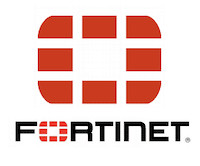What Is a Host-Based Firewall? Definition & When to Use
eSecurity Planet
FEBRUARY 6, 2024
A host-based firewall is installed directly on individual networked devices to filter network traffic on a single device by inspecting both incoming and outgoing data. Its goal is to establish a uniform security posture throughout the network and improve endpoint security by creating a protective barrier at the individual computer level.

























Let's personalize your content